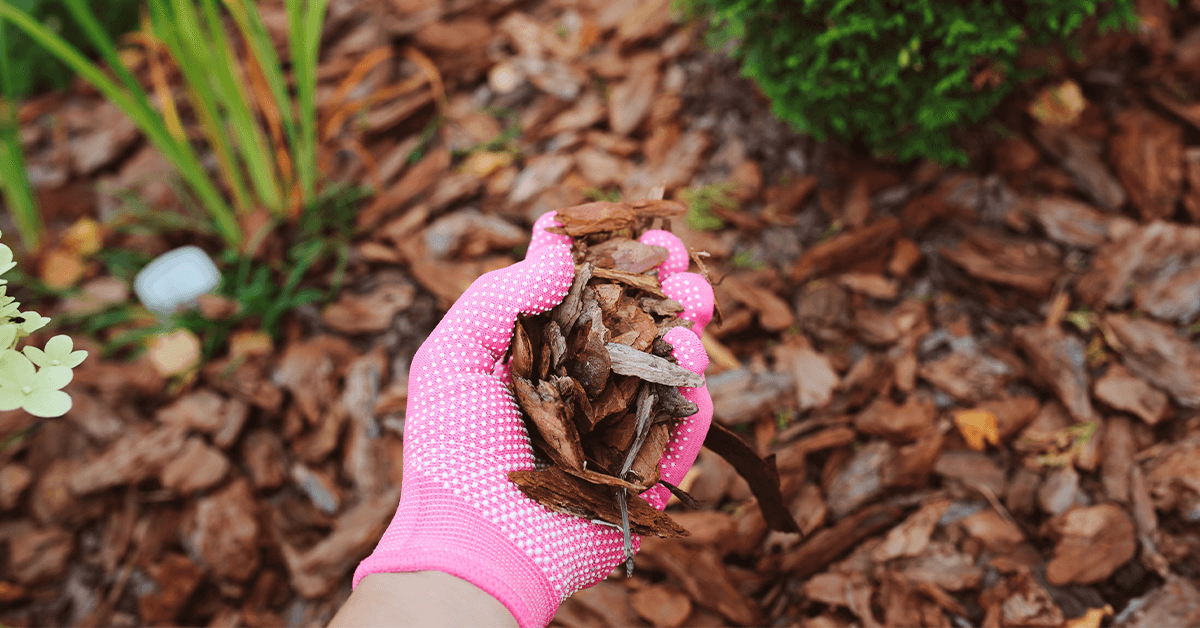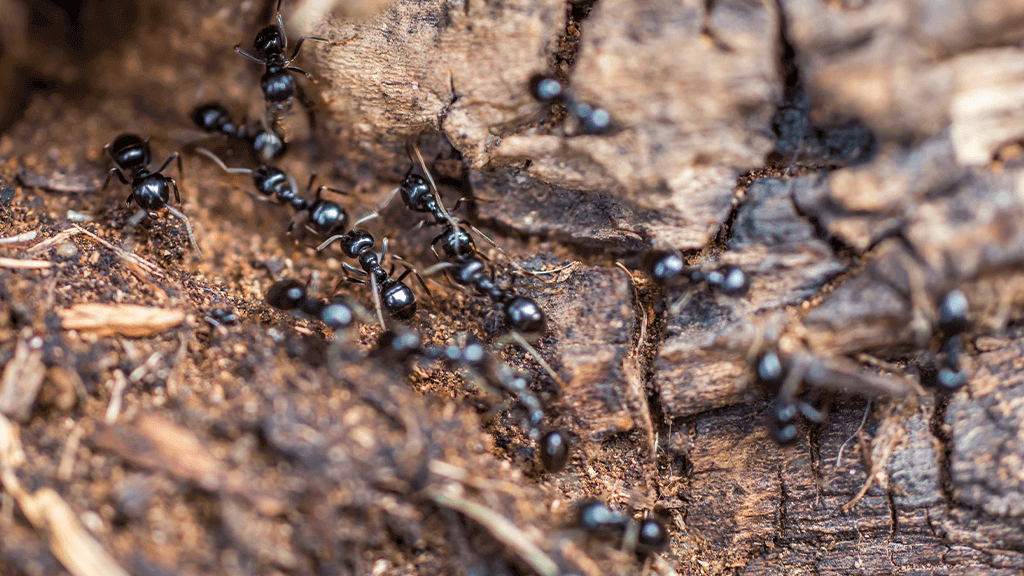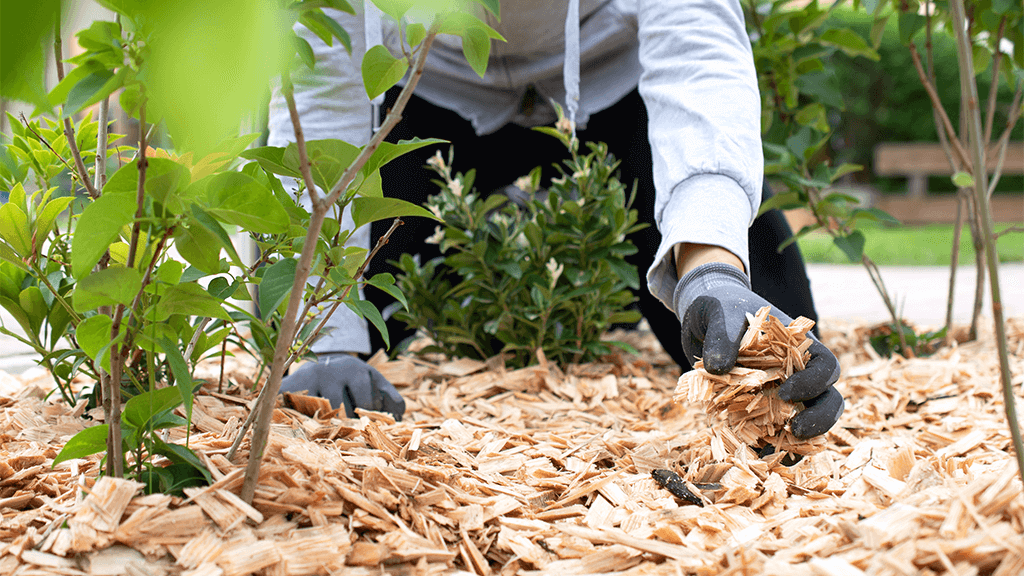How to Avoid Insect Infestations in Mulch

Mulch is so much more than a garden aesthetic. When used correctly, it can prevent weeds, improve water retention, and regulate soil temperature. However, mulch can also harbor unwanted pests that can damage plants and even harm the integrity of your home. Taking a few precautions when choosing and installing your mulch, as well as performing yearly preventative measures, can stave off any unwanted creepy crawlies and allow your garden beds to look their best.
It’s important to note that there are two types of mulch: organic and inorganic. Organic mulch includes compost, grass clippings, green waste, shredded leaves, or wood that has been chipped, ground, or shredded. Organic mulches improve soil conditions as they decompose and are often replenished yearly.
Inorganic mulch may include gravel, pebbles, or stone, as well as man-made materials like ground tires, plastic, or other non-plant material. This type of mulch does not improve the organic matter in soil and is usually separated from the soil layer by landscape fabric or plastic. These types of mulch typically last longer than the organic types listed above.
DOES MULCH ATTRACT BUGS?
Mulch can attract millipedes, centipedes, spiders, sowbugs, earwigs, ants, and even cockroaches crawling around in mulch beds. Many insects seek out the conditions that mulch naturally provides. These pests can be beneficial for breaking down organic mulch and can even feed on garden pests. If they don’t bother you, it may be best to let them be. However, should you wish to rid your garden beds of these insects, a pest control professional can help you come up with a strategy to reduce the unwanted pests while protecting your plants.
There are myths that mulch could transport termite colonies to a home. The probability of termites being transported in organic mulch is very low, since they would have to survive the mulching process, bagging (if applicable), and transportation to the house. And if they survived this, there would still have to be enough termites left to sustain reproductive levels. If you happen to purchase mulch in bags and are concerned about any pests inside, you can leave the bag in the sun before spreading the mulch. Once the mulch reaches 120 degrees Fahrenheit for one or more hours, any bugs within the bags should be terminated.
While mulch isn’t likely to cause termite infestations, it can definitely exacerbate an existing one. Wood chips placed around the foundation of a home that already has termites creates a literal buffett for these wood-eating insects.
Inorganic mulches are much less likely to attract above-ground pests, though they can create soil conditions that are favorable to below-ground pests.
MAKING THE MOST OUT OF YOUR MULCH
To protect your home and soil, proper installation of mulch is key. Organic mulch should not be pushed up against the house; keep a gap of at least six inches between the home’s foundation and the edge of the mulch bed. If desired, you can fill this gap with gravel or other inorganic materials for aesthetics.
Avoid layering mulch more than three inches deep. Anything more can cause mulch to dry out on top and too much moisture to remain in the soil. This deprives plants of much-needed oxygen and could potentially lead to root rot. Dried-out mulch can be colonized by fungi that create water-repelling conditions throughout the mulch. As a result, this mulch will not decompose, defeating the purpose of enriching the soil through organic mulch. Instead, after installing organic mulch, spray it down with the hose to stave off this fungi.
As mentioned earlier, organic mulches decompose and must be replaced. If mulch is not decomposing properly, you may have to “turn” it by raking mulch beds or adding nitrogen to encourage soil microorganisms to do their composting job. You may need to remove old mulch before adding a new layer if your mulch hasn’t decomposed much.
Questions about mulch pests or any other insects around your home? Give us a call and we can come take a look and build out a pest control plan tailored to your home.



